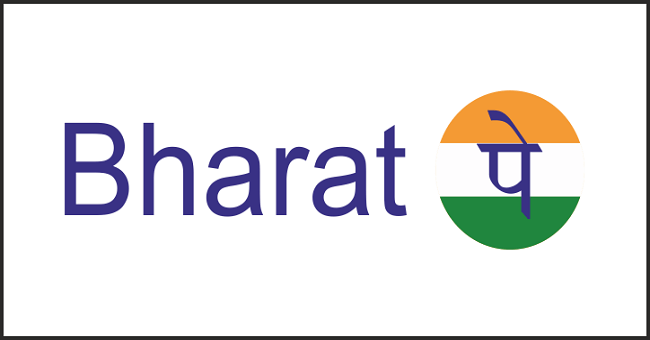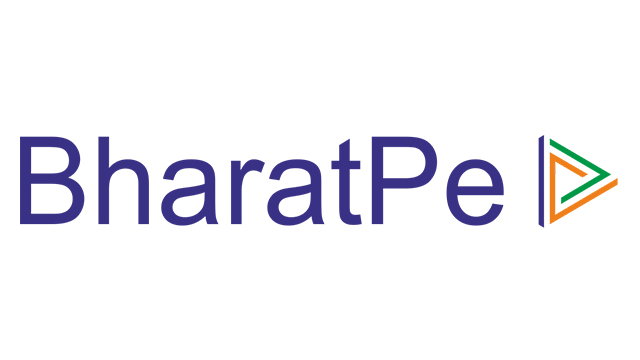[Manvee Kumar Saidha is a law student at School of Law, Christ University, Bangalore]
Introduction
Determination of trademark rights in words that have a common suffix or prefix, has been the subject matter of numerous disputes. A recent interim order delivered by the Delhi High Court in the case of PhonePe Private Limited v. Ezy Services & Another (“the PhonePe case”) also temporarily settled a similar dispute concerning the term ‘Pe’ where it dealt with the marks– ‘PhonePe’ and ‘BharatPe.’ In this light, this article analyses the PhonePe case and deliberates upon three critical points of disagreement.
Background of the Case
In this case, PhonePe, who was the plaintiff, sought a permanent injunction against the usage of ‘BharatPe’, which allegedly infringed its rights by using the suffix ‘Pe’ in their mark. The plaintiff asserted that ‘Pe’ was an innovative and fanciful adaptation. Consequently, when clubbed with ‘Phone’, which is a common word, it became an essential, dominant and distinguishing feature of its registered trademark. The defendants however claimed that ‘Pe’ was merely a misspelling of ‘Pay’, and because the latter is descriptive in context of the two applications, the Plaintiff cannot claim exclusivity. The usage of ‘Pay’ by other similar applications (Such as Google Pay, etc.) was also pointed out to substantiate the argument that the word is common and descriptive in this line of business. Since a descriptive mark is one which describes/identifies a product, they are generally considered weak and are not granted protection– thereby making this consideration the primary point of conflict in this case. The defendants however additionally contended that by virtue of Section 17 of the Trademarks Act, 1999, rights persisted over the entire mark of ‘PhonePe’, and thus ‘Pe’ was not a standalone mark capable of protection.
The Court, upon perusal of the law and judicial trends, set forth the following legal position:
- Infringement/passing off can be alleged with respect to the entire mark.
- Infringement may be asserted for a part of a mark, where such a part is its dominant or essential feature.
- No exclusivity can be claimed over whole or part of a descriptive mark, even if misspelled.
- Where such a descriptive mark, in whole or part, has acquired distinctiveness which can be duly evidenced for in court, a claim may arise.
Such an evaluation by the court culminated in the refusal to grant an interim injunction against the usage of BharatPe. It may be noted that though a prima facie opinion was formed in favour of the defendant, the last aspect i.e., determination of whether the descriptive mark (‘Pe’) had acquired secondary meaning, has been kept open for the trial stage which is still pending as of the publication of this blog post.
Analysis
I respectfully believe that when addressing the above stipulations vis-à-vis the facts of the case, some considerations seem to have been misinterpreted by the Court. While delivering the interim order, the Court notes that –“Pe”, as used by the plaintiff, admittedly connotes the expression, and meaning, “pay”. The Court, in construing ‘Pe’ as a misspelling of ‘Pay,’ and on account of the latter being a circumstantially descriptive word, refused to grant exclusive rights over the term ‘Pe’. A concern arises here, because the term ‘Pay’ has been scrutinised here (which is accepted to be descriptive), though the focal point should be ‘Pe’. Moreover, an examination of the Plaintiff’s submission does not indicate any admission or implication to this effect. It was instead maintained that though “Pe” would normally be translated as “Pay”, the transliteration of the Devanagari symbol to “Pe”, a word with no obvious meaning, was innovative. Agreeing with this, I also respectfully contend that the nature of evaluation by the Court was unwarranted, considering that they did not respond directly to the arguments put forward by the plaintiff.
Firstly, merely because a word is phonetically similar to another, it cannot be said that it is its misspelled form. The misspelled form of ‘Pay’ could be ‘Payy’, ‘Py’, ‘Paay’, etc. ‘Pe’ on the other hand, notwithstanding the intention to signify ‘pay’, is an invented word – an effort on part of the brand to uniquely denote its services. Thus, ‘Pe’ cannot be put at the same pedestal as ‘Pay’ for the purpose of ascertaining distinctiveness. Furthermore, the assembly of ‘Pe’ i.e., a capital ‘P’ followed by a lowercase ‘e’, is not an unconscious eventuality. For it to have also occurred in the Defendant’s mark, as a suffix and in the same manner (BharatPe), hardly seems typical of the usage of a descriptive term.
Secondly, even if the Court’s deduction is accepted, its corollary must also hold good. In other words, since ‘Pe’ is merely a misspelling of a descriptive word and thus non-exclusive, others can freely (and lawfully) use it, and it would amount to an equal representation. To draw attention to the folly that this presents, I will extract a submission made on behalf of the Defendants itself. In their contentions, it is rightly pointed out that several entities use the expression “Pay” as a suffix, such as GooglePay, AmazonPay, WhatsAppPay, etc. Now, because the disputed terms are indistinguishable for the purposes of trademark law, it is safe to assume that GooglePe, AmazonPe, and WhatsAppPe would be fair-game. However, not only is this illustration seemingly unfitting, but the exercise also prompts us to realise that an ordinary individual may in fact associate ‘Pe’ only with PhonePe.
Thirdly, the Court, in holding that ‘PhonePe’ and ‘BharatPe’ are two entirely different words, also opined that the triangle in BharatPe’s trademark is a crucial differentiating factor. This conclusion seems to have wholly negated the fact that the Defendant’s original mark was strikingly similar to that of the Plaintiff’s (please see images below). If nothing, this furthers the plaintiff’s case in establishing that the defendant was trying to copy or use some aspect of the plaintiff’s trademark. The question of acquisition of secondary meaning is now open for determination in trial. One can only hope that this aspect is given due consideration, since it points to the glaringly-underlying intent of the Defendant.


(Drag and see comparison)

Though the case is still sub judice before the Delhi High Court, the order dismissing an application for injunction should provide a nudge to all market-players. Businesses are growing on an unparalleled scale, and with it, the need to establish a strong brand and consumer base. In fact, this decision made me reflect on the manner in which Apple Inc. has successfully sheltered the term- ‘Pod’ (which stems from its mark ‘iPod’) across jurisdictions.
The Power of ‘Pod’: Taking Lessons
Post the unexpected mega-success of their iPod, Apple was swift in comprehending the brand’s potential. It has since, vigorously protected its mark, both, in whole and in part. The intensity with which the Corporation has sheltered ‘Pod’, irrespective of independent registration, remains unprecedented till date. In the landmark case of Apple, Inc. v. Sector Labs, LLC., the Court recognized the ingrained association as well as the corporation’s diligent effort to secure its exclusivity. The entity has gone after numerous businesses and has actively issued cease-and-desist notices. They have opposed the use of ‘Pod’ as a suffix, prefix and beyond. To exemplify, TightPod, PodShow and Podium have all faced the music (pun intended)! Pursuant to their apparent intention to garner exclusivity over ‘Pod’, Apple went on to initiate the registration of ‘Pod’. It has successfully done so in India as well, vide Application No. 1417090, under Class 9- which can be accessed from the TM Registry. While the general public disapproval that surrounds Apple’s actions is the context of another discussion, perceptive entrants must take note of the gusto.
Concluding Remarks
As competition increases, market players and entrants must be more mindful of what sets them apart and must aggressively protect the same. If PhonePe had registered the independent wordmark ‘Pe’ in addition to or/and would have actively dealt with users such as ‘CardPe’ prior to this litigation, things may have been different. The trial’s outcome will not be a blanket precedent on whether a suffix can be exclusive or not. Exclusivity will continue to depend on the mark, its market-footing, and standing among the consumers. Nevertheless, this decision should be a wake-up call to entities, reminding them that a trademark is one of its most valuable assets. It is in the proprietor’s hands to actively assert and protect his right over it, and to turn the mark’s bearing from that of a fragile ‘Pe’ to a fortified ‘Pod’!